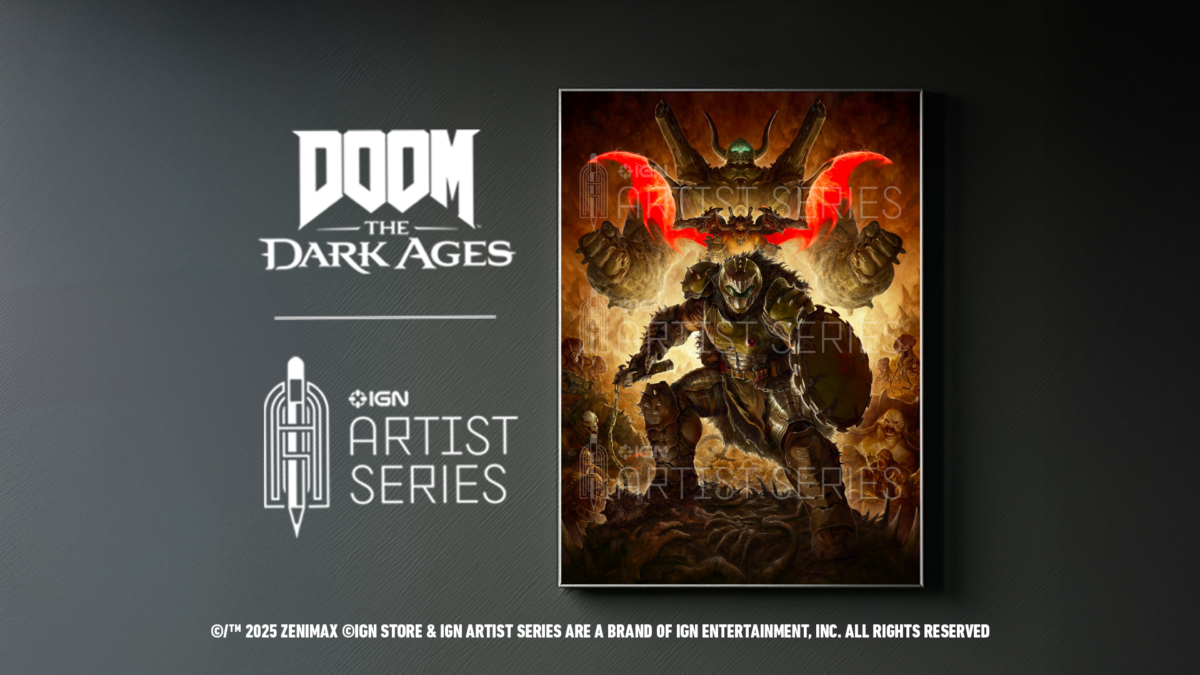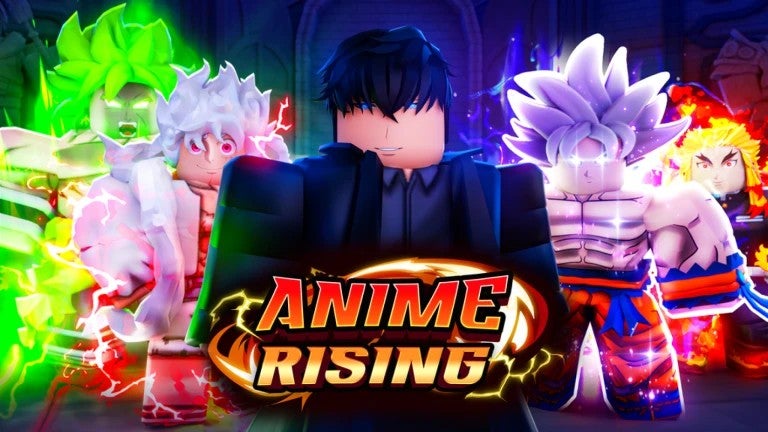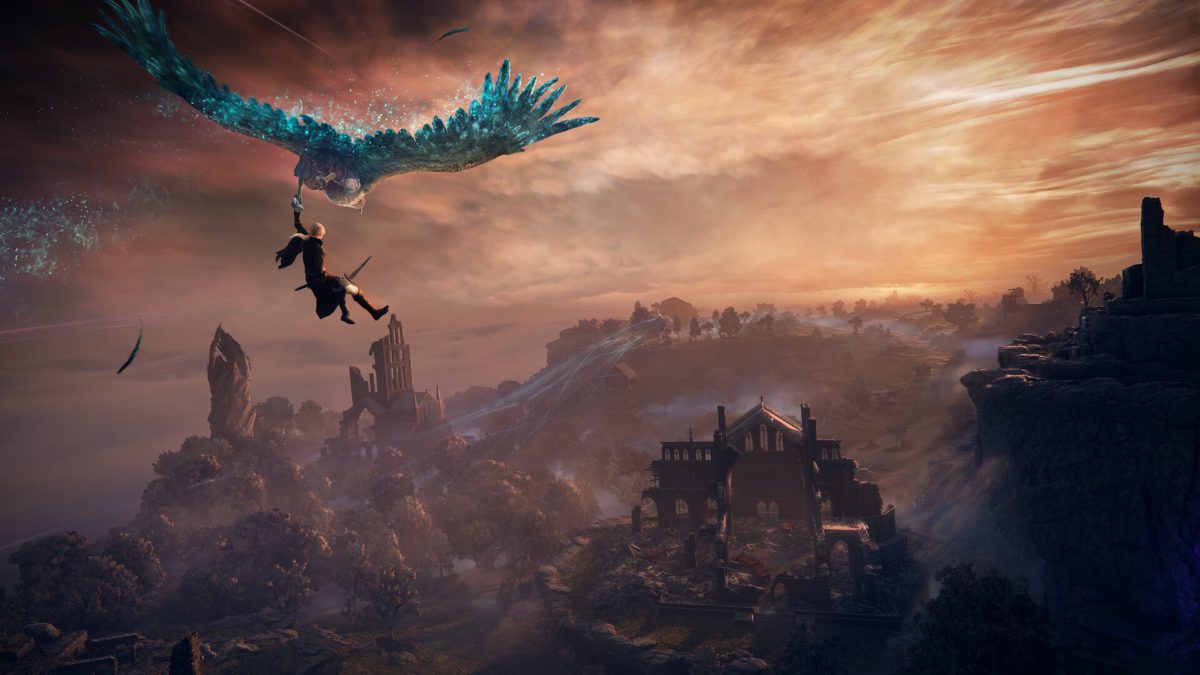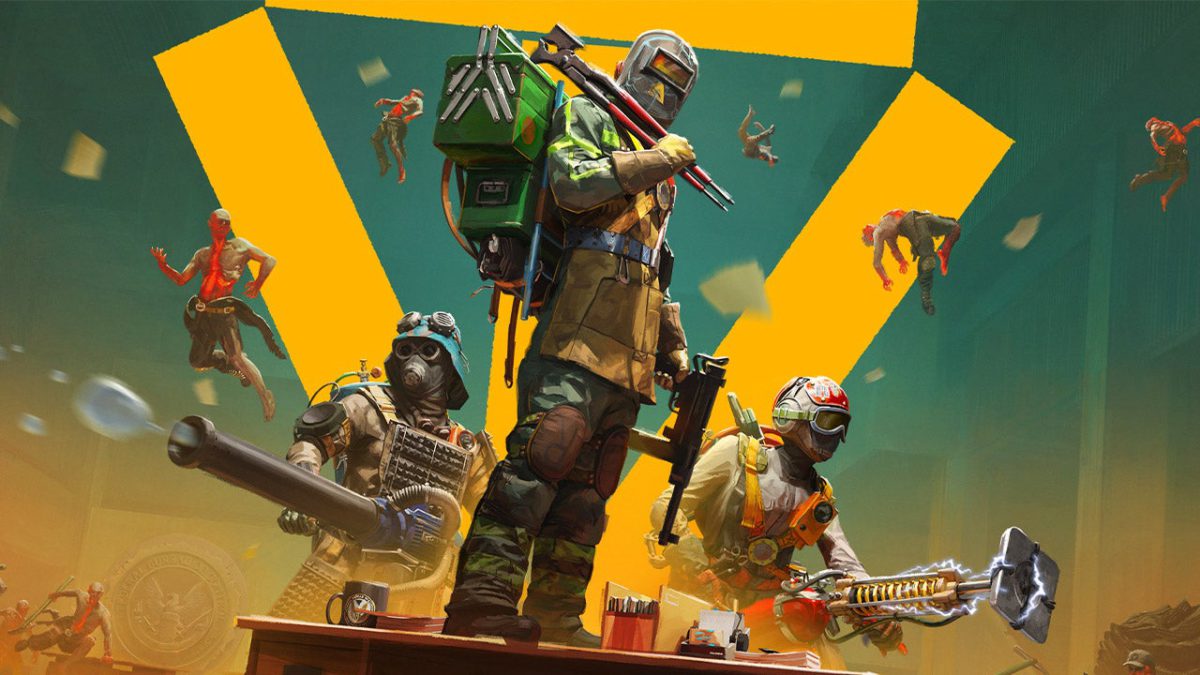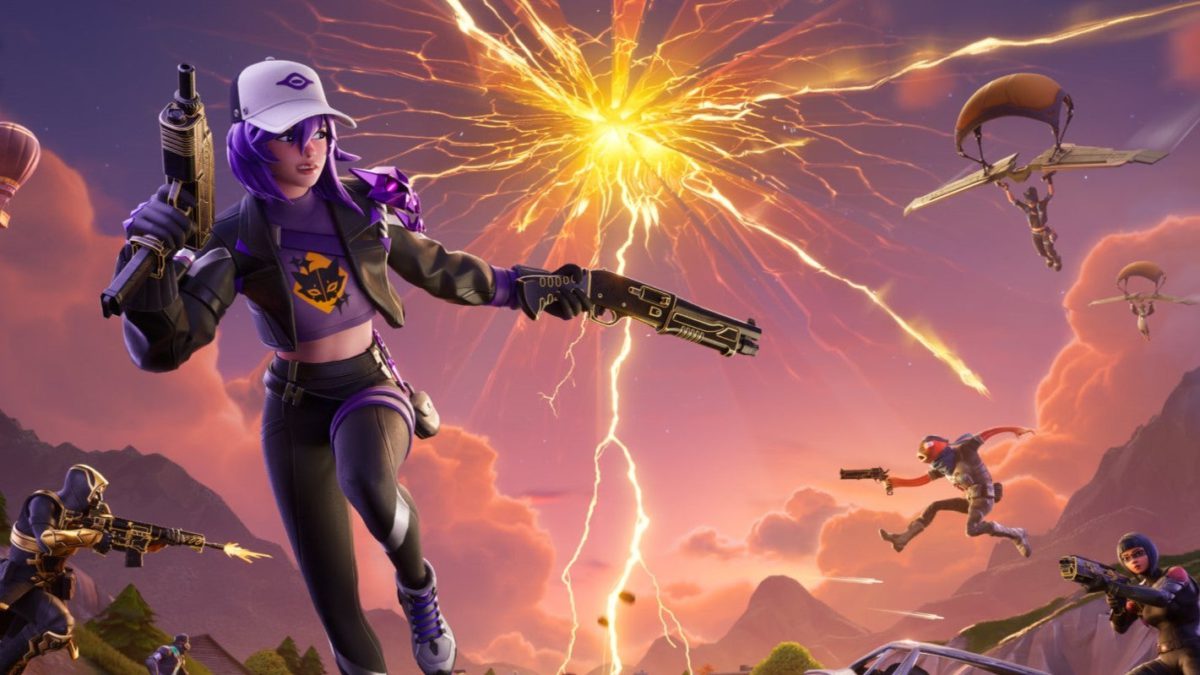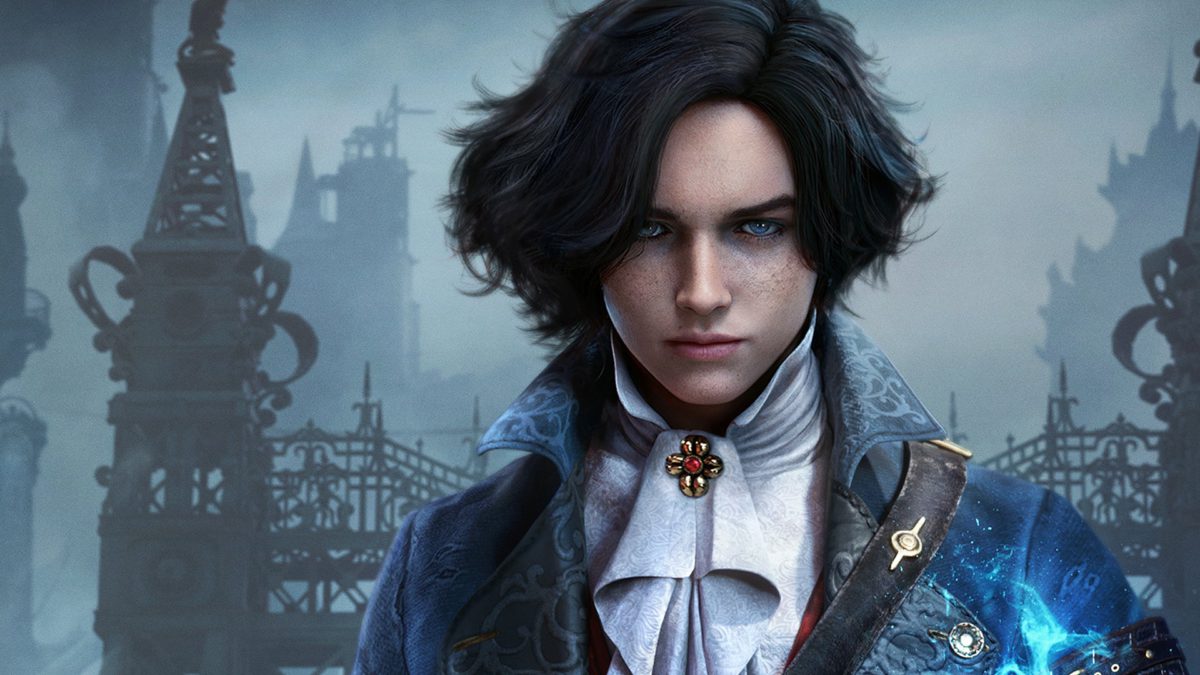
Grow a Garden has released its Summer update 1.11.0, propelling the Roblox game to comfortably the highest recorded concurrent player count in video game history. The patch notes are below.
The microtransaction-fueled free-to-play farming simulator had already shot past Fortnite’s concurrent peak of 15.3 million players, achieved during the Marvel-themed season finally back during Covid-era 2020, with an incredible 16.4 million concurrent players. At the time of this article’s publication, with players logging in for the Summer update, Grow a Garden was at an astonishing 21.3 million concurrents.
Grow a Garden Summer update official details:
Summer’s here! Introducing our biggest update so far with all new seeds, pets, gear and the limited time Summer Harvest event to celebrate the coming of summer.
Explore the all new Summer Season and join forces with other gardeners to participate in the Summer Harvest event. This update brings brand new seeds, pets, craftable items, all new weather, features, and so much more in this Grow A Garden update! 😎🌴🌞
In Grow a Garden you do exactly that: grow a garden. Each new player starts off with a plot of land and 20 Sheckles, the in-game currency, to buy simple seeds for vegetables like carrots. Your garden even continues to grow while you’re offline.
The 16-year-old who created Grow a Garden in just a few days remains creatively involved in what it’s become but is no longer the only name attached. Roblox experience management company DoBig Studios and popular developer Janzen Madsen (a.k.a. Jandel) and his network of creators at Splitting Point are now also involved.
What is Grow a Garden in Roblox and why is it the most popular game in the world right now? #IGNSummerOfGaming pic.twitter.com/pOOwB7yIuQ
— IGN (@IGN) June 21, 2025
Grow a Garden’s success is down to tight update strategies and events as reliable draws for Roblox players, and this Summer update is a perfect example. Other recent examples include bringing in a DJ for entertainment and organizing a mass dance party.
Check out IGN’s feature, Roblox’s Grow a Garden Towers Above Even the Biggest Steam Games — but You Probably Have No Idea What It Is, to find out more.
Grow a Garden Summer update 1.11.0 patch notes:
- Summer Update & Summer Harvest:
- The summer harvest event happens at the start of every hour. Gather your friends and submit as many summer fruits as possible to the cart! The more summer plants you submit in the 10 minute time frame, the higher tier of random rewards you can unlock – 1000 points minimum are required. There are all kinds of rewards including old event items. Don’t miss out…
- The summer update brings a refreshed seed shop with lots of brand new seeds, new pets, new gear, and lots more!
- Plants:
- Feijoa
- Loquat
- Prickly Pear
- Bell Pepper
- Kiwi
- Pineapple
- Banana
- Avocado
- Green Apple
- Cauliflower
- Elephant Ears
- Rosy Delight
- Parasol Flower
- Pear
- Cantaloupe
- Wild Carrot
- Pets:
- Mimic Octopus
- Macaw
- Orangutan
- Flamingo
- Crab
- 8+ More
- New Items:
- Summer Seed Pack, 6 possible new seeds inside!
- Reclaimer, destroy a plant and get the seed back!
- Tanning Mirror, Help attract the sundried mutation during the Heat Wave event
- Paradise Egg, 5 possible new pets inside!
- Rare Summer Egg, 5 possible new pets inside!
- Common Summer Egg, 3 possible new pets inside!
- Events:
- Heat Wave: when it’s hot crops have a chance to get the ‘sundried’ mutation
- Gale: a rare and powerful gust of wind, chance to give the ‘windstruck’ mutation
- Windy: blowing air, chance to give the ‘windstruck’ mutation
- Tornado: multiple tornados at once, chance to give the ‘Twisted’ mutation
- Windstruck, applied by the gale and windy events, 2x multi
- Twisted, applied by the Tornado event, 5x multi
- Sundried, applied by the Heat Wave event, 85x multi
- Verdant, applied by the Scarlet Macaw, 4x multi
- Paradisal, sundried + verdant , 18x multi
Cosmetics:
- 20+ Summer Cosmetics!
- Fixes, Changes, & QOL:
- Crafting has been added permanently
- Sam has gone on holiday…
- Lightning rod moved to crafting
- Made lots of performance optimisations & improvements
- & lots more!
We’ve been covering Grow a Garden and creating guides to explain features such as how gear works, a weather and mutation guide, and the different seeds that are available to purchase. You’ll also find information on updates such as the Lunar Glow Event and recent Pet Egg update that took place last month, and more over in our Grow a Garden guide.
Wesley is Director, News at IGN. Find him on Twitter at @wyp100. You can reach Wesley at wesley_yinpoole@ign.com or confidentially at wyp100@proton.me.


